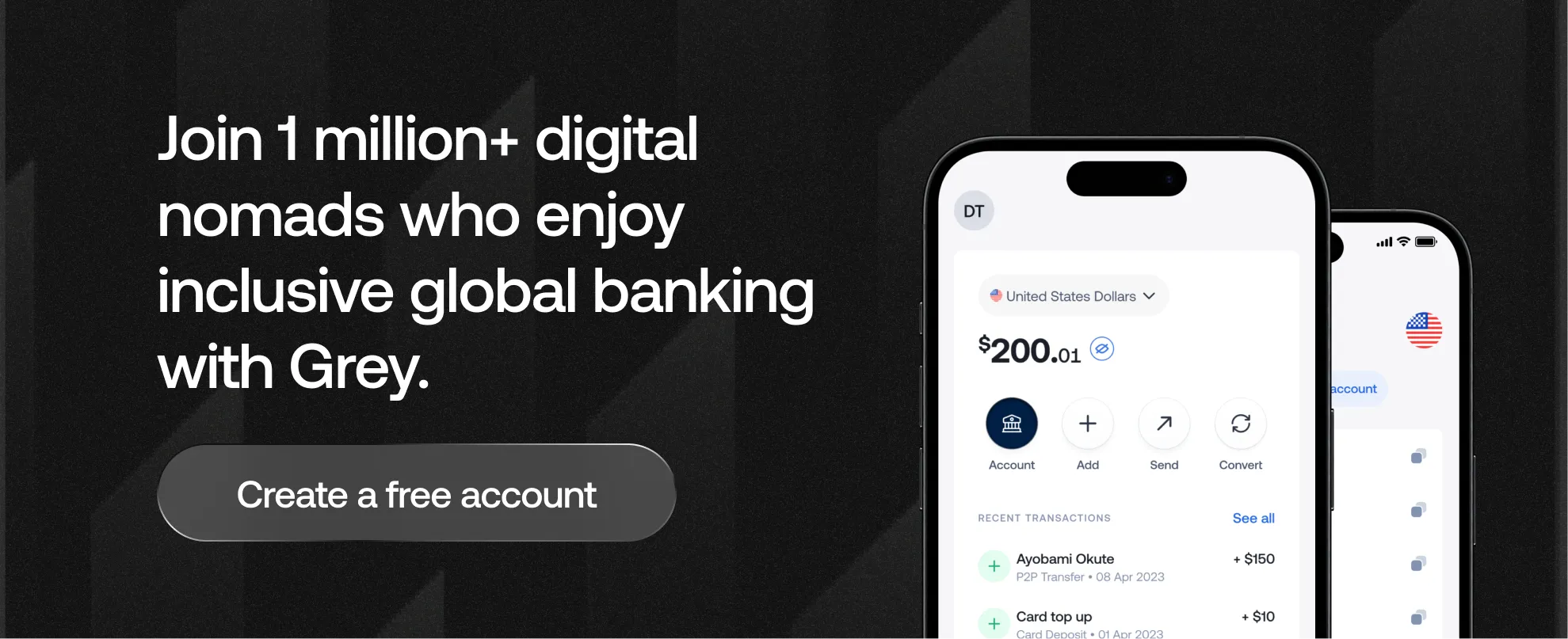

Entering the Chinese market is exciting and complex. Beyond the customs and language, navigating payments reveals several hidden layers: Renminbi controls, cross-border restrictions, settlement delays, and evolving digital currency trends. To succeed, you must understand how China’s payment system works and build strategies to keep your cash flowing smoothly.
Historically, global businesses relied on SWIFT, which is now enhanced by the Global Payments Innovation (GPI) protocol. This network processes most global payments, with 89% arriving within 60 minutes. Yet SWIFT/GPI still depends on bank infrastructure, local cutoffs, manual checks, or currency controls, which can delay payments after they reach recipient banks.
China offers an alternative: the Cross-border Interbank Payment System (CIPS). It is designed to support RMB internationalisation. RMB, which is shortened from Renminbi, is China’s currency system. CIPS has added African banks like Standard Bank and Afrexim, handling trillions in onshore and offshore RMB transactions. It can clear payments in seconds, far faster than many SWIFT routes, but only for yuan settlements.
Also read: How wealthy people in China send money abroad
China has intentionally pushed for greater global use of the yuan. This effort accelerates yuan adoption even among non-China trade partners, particularly in Africa and Asia.
Still, the yuan only accounts for roughly 4% of global payments, far behind the dollar’s 48%. Its reach is rising, but widespread use beyond trade finance remains limited.
Also read: How freelancers in China can invoice overseas clients easily
Know your currency context:
Pick the right corridor:
Manage FX and liquidity:
Explore digital settlement tools:
Optimise compliance:
Also read: Best platforms to receive USD as a freelancer in China
China’s cross‑border payment ecosystem is evolving fast: CIPS enables fast RMB settlements, SWIFT/GPI covers global currencies, and digital yuan R&D continues. However, hurdles like bank processes and currency controls still remain.
By tailoring your approach and choosing the right currency, banking corridor, and risk tools, you can avoid delays and forex shocks.
Combining these with modern platforms like Grey, which helps users create GBP, EUR, and USD accounts, exporters and enterprises have a stronger foothold in one of the world’s largest economies.




.svg)
Back to top